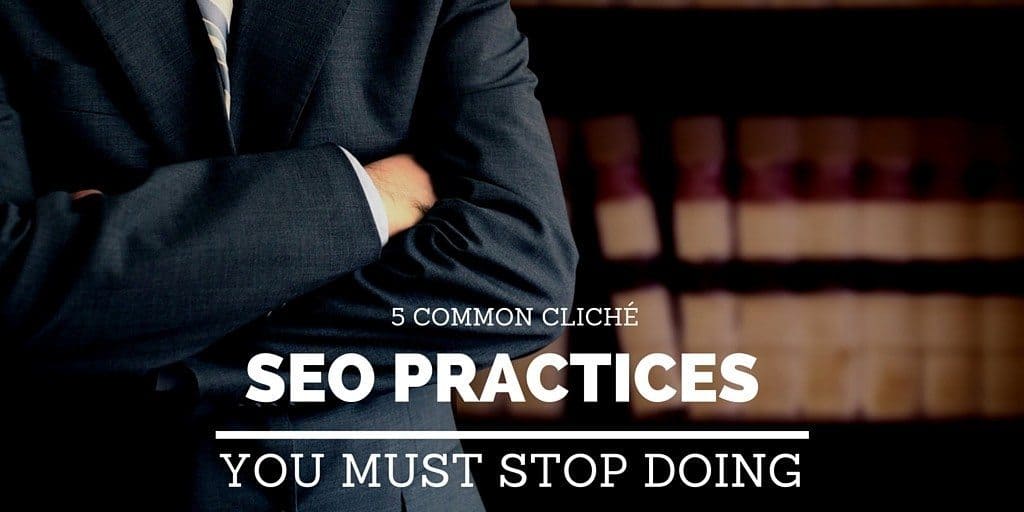Search engine optimization or SEO is about rendering your site more friendly to search engines and automated systems that crawl and recognize content throughout the web. As far as we have come in how we approach our interactions with the Internet, traditional (and far less efficient) SEO is something that’s still being done.
For some site owners, SEO practices haven’t changed since the early 2000s, when most site coding was manual. Technology has changed, and as technology changes, so do we have to adapt by changing how we approach it.
Here are five common cliché SEO practices that some site designers have a hard time letting go of
Content, Content, and the Same Content
In the olden days, it was once true that putting out more meant that you got more back. Sites would often have very similar, if not identical, content across multiple pages and even in various places on the same page. Not only is this cliché and confusing to users, but search engines have also gotten wise to this SEO practice and exclude duplicated information.
Search algorithms are more advanced than they have ever been. The key to working with search engines to make your site friendly is not to duplicate content if at all possible and to clearly differentiate each page to avoid them being categorized for sameness.
Form Follows Function
The more you learn about SEO practices, the more you’ll hear the phrase, “content is king.” It can be true in multiple ways. No matter the way it’s meant, the content directly controls a site’s popularity and rank.
Where the cliche enters the scene, though, is in sites where function takes precedence over form. Most of the time, when you hear that content is king, it’s referring to the need for quality content to attract and retain site visitors. Unfortunately, some site designers have not taken this modern tip and instead prioritize function without caring much about how it looks or whether it’s readable. As a result, you have a mess of a page that includes a lot of keywords and links, which today, is not search engine-friendly.
Page Rank Is Not Number One
Search algorithms are amazingly complicated. Google, for instance, has stated that its systems measure over 200 different metrics on a site to accurately categorize its content. The traditional thinking is that a site’s page rank directly influences traffic and site popularity. While it’s an important factor, other best practices shouldn’t be ignored.
The focus on page rank alone has become cliché. Searching is a major way that traffic comes to a site, but it is not the only factor. Search engine teams emphasize the attention to return on investment, analytics, relevancy, and inbound link cultivation. Take it from Google, the most major of players in the search engine industry, that there’s a lot more to it than just appearing on the first page of search results.
Keyword Padding
Lots of people spend lots of time generating and brainstorming lots of keywords. The cliché and traditional practice of trying to think of every possible keyword for which a user might search are thankfully going away, albeit gradually.
A better keywording practice for site designers will not be to load up each page with the same slew of slightly different keywords, but instead, focus individual pages on individual keywords. Search engines will take the site as a whole, gather all of its keywords, and then will rank a particular page higher based on the quality of its content.
Buying Links Can Cost More than Money
SEO sometimes gets a bad reputation based on the cliché and unethical SEO practices in which some site owners engage. These SEO practices are cynical and even a bit predatory. Companies exist (and cater to site designers in particular) that provide the ability to, in very short order, link to a site hundreds or thousands of times. This linking immediately causes traffic to spike, with the intent of having the traffic spike drive up the page rank.
Irregular link activity is actually a status that a search engine can assign to a site. This status, when given to a site by a search engine, will prevent any uptick in page rank due to a large influx of links to a site. This means that search engines have essentially gotten wise to the practice of buying links and take measures to compensate for these cliché SEO practices.
The world changes, and we must change with it. Captured here are the few old-timer SEO practices that remain and have become a bit cliché, but keep researching, reading, and keeping up with trends. There are lots of amazing resources out there and affordable SEO services for small business, make sure you stay up-to-date with the best and most search engines accepted practices.






